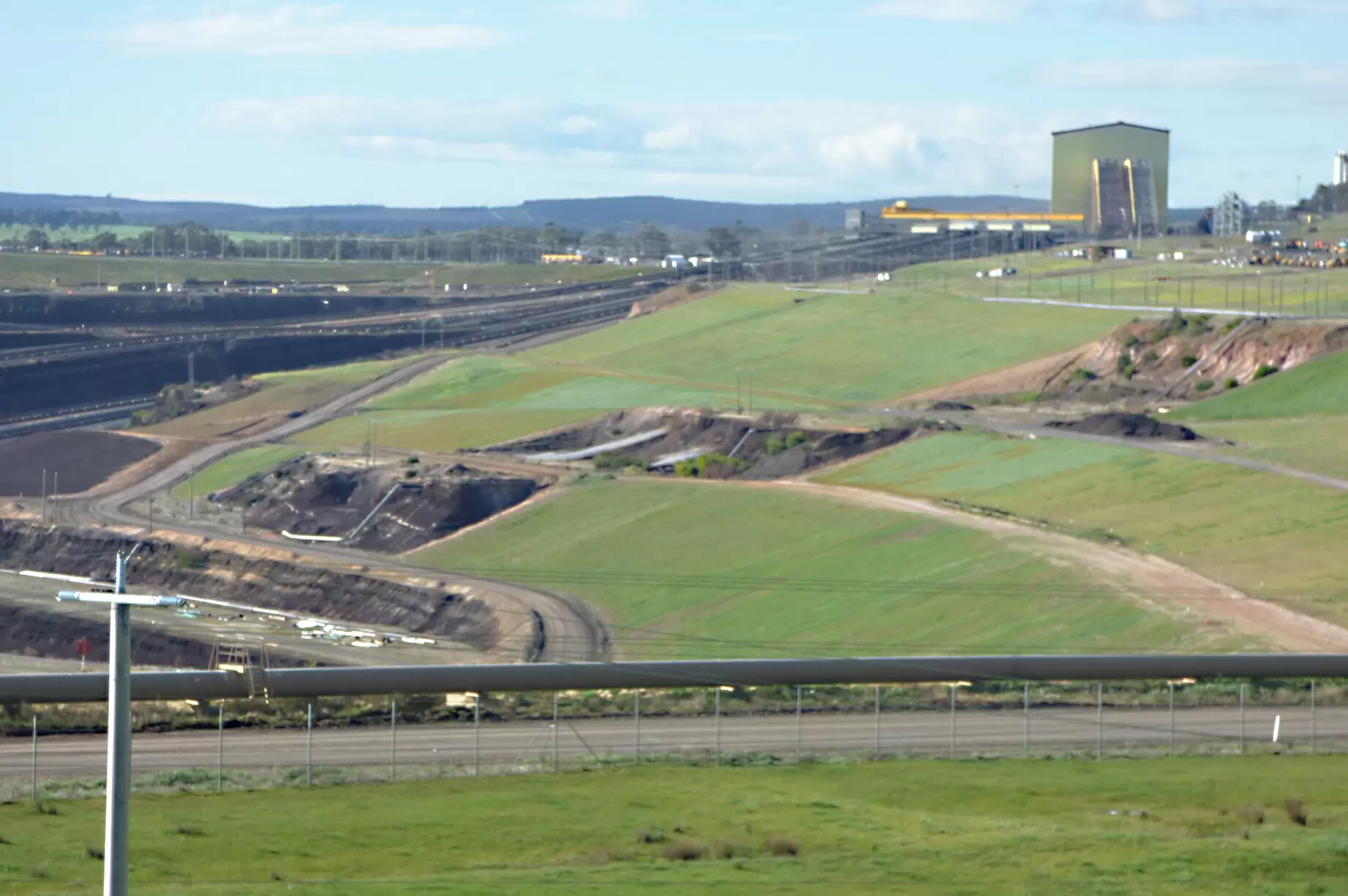The Cooperative Research Centre for Transformations in Mining Economies (CRC TiME) has commenced a research project investigating the impact of climate change on the stability of rehabilitated brown coal mines in the Latrobe Valley.
The 18 month, $450,000 research project is funded by CRC TiME partner Coal Resources Victoria and will look at the critical role of soil covers and vegetation in building safe, stable and sustainable landforms following mining.
The research, led by Professor Thomas Baumgartl of Federation University Australia, will examine how changes in rainfall and increased drought will impact the soil and plant cover of rehabilitated mines and will include laboratory and glass house experiments, as well as hydrological modelling.
“Planning for the impacts of climate change is critically important to the successful rehabilitation of mines. This research will assess the risk of vegetation being impacted by the predicted change in climate and offer options for how to design soil covers to best cope. While the research will focus on the Gippsland region, it’s hoped the findings will be a valuable tool for Australia’s mining sector more broadly,” Professor Baumgartl said.
Once completed, the project will highlight the potential impact of climate change on design requirements for ground covers in mine rehabilitation. Implementing technology that builds ecosystem resilience under climate change was highlighted as a key priority in the recently released CRC TiME Research Prioritisation Plan.
CRC TiME CEO, Dr Guy Boggs commented, “Mine rehabilitation and closure is a national priority, with over 180 mines due to close in the next decade. Climate adaptation is critical across industry, community and government. Any aspiration to deliver healthy ecosystems and livelihoods for post-mining futures must consider the consequences of climate change. We need to develop nationally significant solutions and are excited to see this project get started.”
Click here for further information on the project and a full list of project partners.

